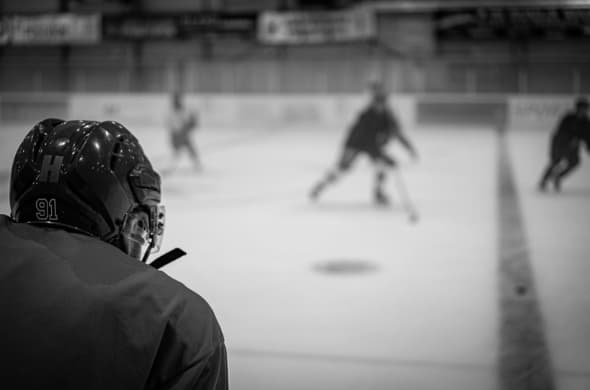Hockey is a game of speed, grit, and precision, but imagine if technology could give players an edge right from their skates. For beginners stepping onto the ice, the idea of “smart skates”—equipped with sensors to track movement—might sound like science fiction. Yet, this concept could reshape how the sport is played and learned. This essay explores how embedding tech into hockey skates might offer real-time feedback on speed, balance, and stride efficiency, blending the physical rush of the game with data-driven growth. For new fans and players, it’s a glimpse into how innovation could make hockey more approachable and exciting. In the meantime, true hockey zealots relish the technological impact of sports betting sources. Puck Line Guide on a popular form of hockey betting incorporating a point spread, for instance, represents an opportunity to leverage the digital while getting the most out of viewership experience.
Tracking the Basics
Picture a skate with tiny sensors built into the blade or boot. These could measure how fast a player moves, how well they balance, and how efficiently they push off the ice. For beginners, this means instant feedback—no need to guess why a turn went wrong or a sprint felt slow. The tech could connect to a phone app or a coach’s tablet, showing patterns over time. Research from the Journal of Sports Engineering and Technology in 2023 suggests wearable sensors are already improving training in other sports like running. Hockey could follow, with skates acting as a guide for those still mastering the basics.
Learning Made Easier
Hockey’s learning curve is steep. New players often struggle with skating, the foundation of everything else. Smart skates could break that barrier down. By pointing out when weight shifts too far forward or a stride cuts too short, the tech might speed up skill-building. It’s not about replacing coaches but giving learners a tool to see their progress. For novices, this could make the rink less intimidating. The idea isn’t fully tested—studies on tech in hockey gear are still emerging—but early experiments with motion sensors hint at real possibilities. Newcomers might stick with the sport longer if they feel in control.
Strategy on the Ice
Beyond learning, smart skates could shift how players think about the game. Pros like Wayne Gretzky mastered hockey through instinct, but imagine if they’d had data too. Tracking stride efficiency might reveal when fatigue sets in, helping players pace themselves. Balance stats could show which moves work best in a scrum. For beginners, this opens a window into strategy early on—less trial-and-error, more informed choices. A 2024 report from the International Sports Technology Association notes that data tools are growing in team sports. Hockey’s fast pace makes it a prime candidate, though how much it changes play remains an open question.
Accessibility and Appeal
Hockey isn’t cheap—gear, ice time, and coaching add up. Smart skates might not lower costs directly, but they could stretch the value of every session. If a beginner gets tailored feedback without extra lessons, the sport might feel less exclusive. The tech could also draw in tech-curious fans who love gadgets as much as goals. Picture rinks buzzing with players comparing stats post-game, blending competition with a new kind of fun. It’s speculative—cost and adoption hurdles aren’t clear—but the potential to widen hockey’s reach is worth considering.
Limits and Unknowns
This isn’t a sure thing. Tech can fail—sensors might break under a hard check, or ice could mess with readings. Not every player wants data in their face; some thrive on feel alone. Research hasn’t fully explored smart skates yet, so claims about their impact are guesses based on trends in other fields. Cost is another catch—high-end gear might stay out of reach for many. Beginners should watch this space, as studies and prototypes could shift the picture. The idea’s promise hinges on execution, and that’s still unfolding.
A Tech-Savvy Rink
Smart skates could fuse hockey’s raw energy with a modern twist. For novices, they offer a way to learn faster, play smarter, and connect with the sport’s future. The game’s core—speed, skill, teamwork—stays intact, but tech adds a layer of discovery. New fans might find this mix irresistible, a reason to lace up or cheer from the stands. It’s not about rewriting hockey but expanding how it’s experienced. As tech evolves, so could the rink—beginners included. Dig into this yourself; the possibilities are just starting to take shape.
Table of Contents
